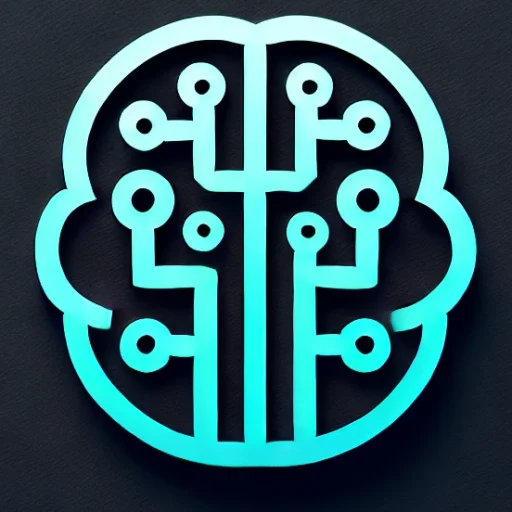
Introduction
In the ever-evolving landscape of technology, Generative AI has emerged as a groundbreaking force, reshaping how we approach creativity and problem-solving across multiple industries. With its ability to generate nearly indistinguishable human-like content, Generative AI has taken center stage, highlighting the intersection of advanced machine learning techniques and creative innovation. This blog explores the latest advancements, real-world applications, and the potential challenges and opportunities of this transformative technology.
Key Insights & Latest Advancements
Generative AI leverages deep learning models, particularly Generative Adversarial Networks (GANs) and transformer-based models like GPT-3 and GPT-4, to create content. These models have seen significant improvements in their ability to produce not just text, but also images, music, and even video. Recent breakthroughs include OpenAI’s DALL-E 3, which can generate high-quality images from textual descriptions, and other innovative models that enhance content personalization.
Researchers are continually pushing the boundaries of what these models can achieve by improving their efficiency and reducing biases. One notable advancement is the fine-tuning of models to understand context and nuance better, enhancing their ability to produce more accurate and relevant content.
Real-World Applications
Generative AI is already transforming several industries:
-
Entertainment: From scriptwriting and video game development to music composition, generative AI tools are assisting creators in generating new ideas and content.
-
Marketing: Brands use AI-generated content for creating personalized and engaging marketing campaigns, tapping into the power of data-driven creativity to reach wider audiences.
-
Healthcare: In medicine, generative AI is used for drug discovery and creating personalized treatment plans by simulating molecular interactions with unprecedented accuracy.
-
Fashion: AI-generated designs are changing the fashion industry by offering innovative patterns and styles, streamlining the design process, and reducing waste.
Challenges & Future Outlook
Despite its vast potential, Generative AI faces significant challenges. One major concern is ethical use, particularly in areas involving fake content or deep fakes, which can spread misinformation. Ensuring AI-generated content is unbiased and reflective of diverse perspectives is another ongoing issue.
The computational resources required to train and deploy these models are immense, raising environmental sustainability concerns. However, emerging strategies to optimize and reduce the carbon footprint of AI training are promising.
Looking forward, the future of Generative AI is bright, with continuous improvements and applications on the horizon. As the technology evolves, it will likely foster new collaborations between humans and machines, enhancing creativity and innovation while posing questions around job displacement and intellectual property ownership.
Conclusion
Generative AI stands at the forefront of technological advancement, offering immense potential to reshape industries and redefine creativity. While challenges remain, particularly around ethics and sustainability, the opportunities presented by this technology are vast. As we continue to integrate Generative AI into real-world applications, it is essential to balance innovation with responsibility to ensure positive and inclusive outcomes. As this technology evolves, staying informed and engaged will be key to harnessing its full potential and addressing the challenges it presents.

